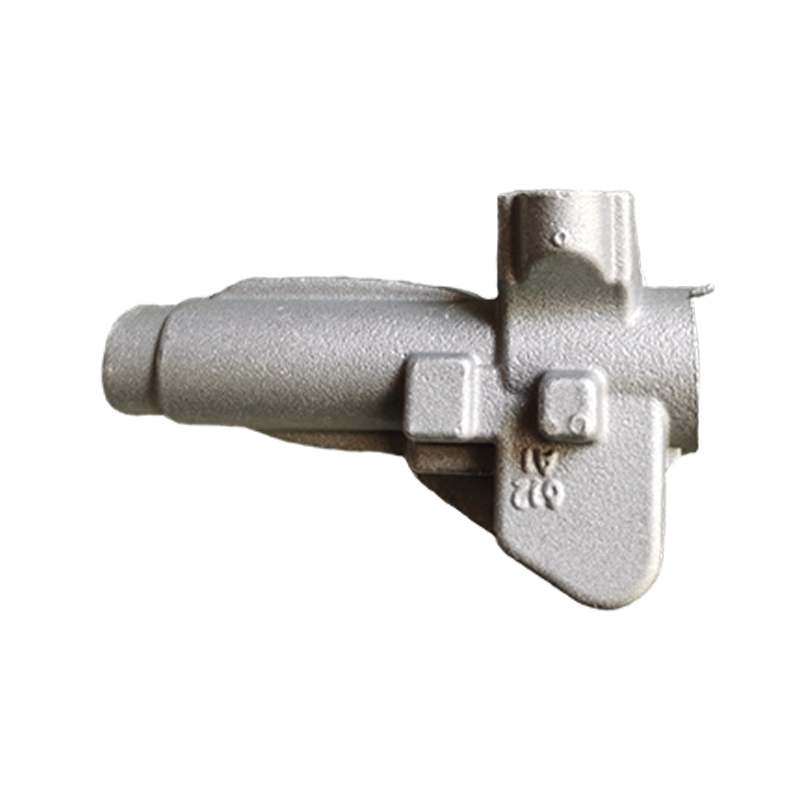The Origin of High Pressure Structural Die Casting Components
Industry News-High pressure structural die casting components have become an integral part of numerous industries, particularly in the automotive, aerospace, and manufacturing sectors. These components, produced through a highly specialized and precise casting process, have evolved significantly over time to meet the demands of modern engineering. In this article, we will explore the origin of high pressure structural die casting components, tracing their development and examining how they have revolutionized production processes across various industries.

Die casting, as a method for producing metal parts, has roots dating back to the 19th century. The process, in its early form, was primarily used to create simple, low-cost items such as letterpress type and other small metal objects. These initial castings were produced using relatively low pressure and crude molds. However, as industrial applications grew in complexity, so did the need for stronger, more precise components.
By the mid-20th century, the introduction of high-pressure die casting (HPDC) marked a significant advancement in the field. High pressure structural die casting components emerged as a solution to the growing demand for parts with greater strength and intricate designs. This new method used high-pressure injection of molten metal into precisely engineered molds, which allowed for the production of much more complex components with improved strength, durability, and overall quality.
The development of high pressure structural die casting components was driven by advancements in materials science and metallurgy. The ability to work with stronger and more resilient metals, such as aluminum and magnesium alloys, gave manufacturers the ability to produce components that were not only lighter but also had the strength required for critical applications.
High pressure structural die casting involves injecting molten metal into a precisely engineered mold at high pressures, typically between 1,000 and 30,000 psi. This method allows for the production of intricate designs with smooth surface finishes and minimal porosity. The components produced are strong, lightweight, and can be used in a wide range of applications.
The process begins with the creation of a mold, usually made from hardened steel, which is designed to withstand the high pressures and temperatures associated with die casting. The mold is then heated, and molten metal is injected under pressure into the cavity. As the metal cools and solidifies, the mold is opened, and the high pressure structural die casting component is ejected.
The key advantage of high pressure die casting is its ability to produce large volumes of parts quickly and with consistent quality. Unlike traditional casting methods, which may require extensive post-processing or finishing, high pressure structural die casting components often require minimal machining, making the process more efficient and cost-effective.
High pressure structural die casting components are used across a wide variety of industries, each benefiting from the unique advantages of the die casting process. The automotive industry, for example, relies heavily on high pressure die casting for the production of engine blocks, gearboxes, and suspension components. The ability to create lightweight yet strong parts helps manufacturers meet increasingly stringent fuel efficiency and emissions standards.
In aerospace, high pressure structural die casting components are used for parts that must withstand temperatures and pressures, such as engine components and structural elements of aircraft. These components are often made from specialized alloys that offer exceptional strength-to-weight ratios, making them ideal for reducing the overall weight of an aircraft while maintaining structural integrity.
The consumer electronics industry has also embraced high pressure die casting, particularly for creating enclosures and other structural components for smartphones, laptops, and other devices. The precision and complexity of high pressure die casting make it ideal for creating sleek, high-performance parts that can withstand everyday wear and tear.
 En
En
 русский
русский Español
Español عربى
عربى Deutsch
Deutsch















